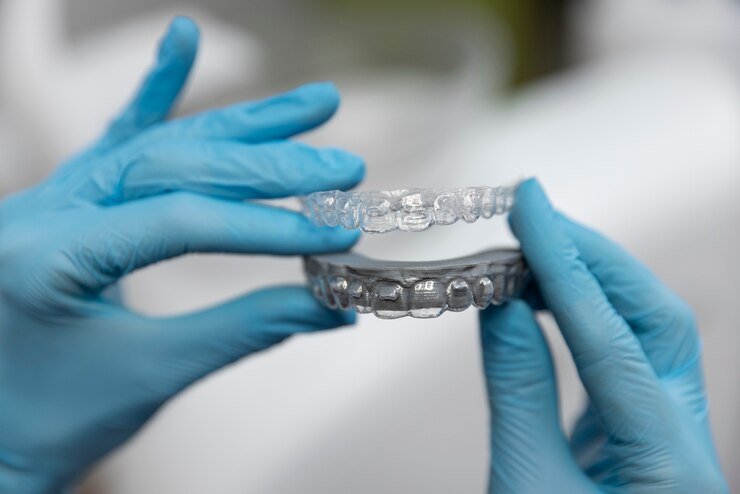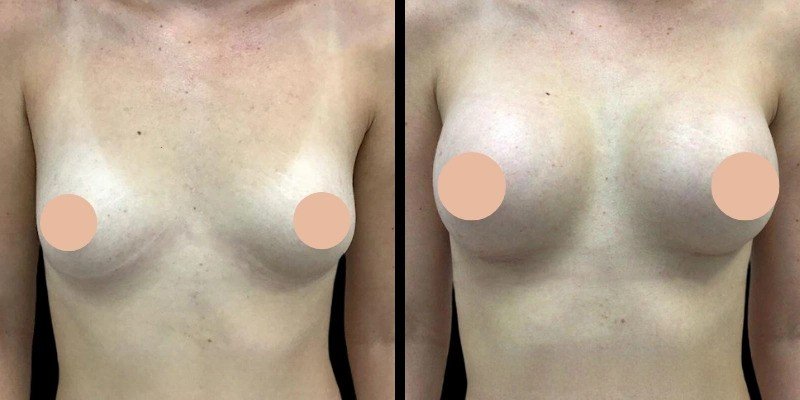Dental braces, commonly referred to as orthodontic braces, are specialized devices employed in the field of orthodontics to align and straighten teeth, while also ensuring proper positioning in relation to an individual’s bite. Their primary purpose is to enhance dental health by addressing various dental issues, including under bites, malocclusions, overbites, open bites, gaps, deep bites, cross bites, and misaligned teeth.
Types of Braces
Metal Braces
When considering orthodontic options, one may typically envision traditional metal braces. These braces consist of stainless steel components, including bands, brackets, and wires, which work together to gradually reposition the teeth. An orthodontist or dentist adheres a bracket to each tooth using a bonding agent, followed by the placement of a thin, flexible archwire that connects the brackets. To ensure the wire remains securely in place, small elastic bands known as ligatures are utilized.
Ceramic Braces
In contrast, ceramic braces, often referred to as clear braces, function similarly to their metal counterparts. The primary distinction lies in the materials used; ceramic braces feature brackets, wires, and ligatures that are designed to match the color of the teeth, making them less conspicuous. Although they are still visible, their aesthetic appeal is enhanced by their ability to blend with the natural tooth color. However, it is important to note that ceramic braces tend to be more delicate than metal braces, which increases the likelihood of breakage.
Lingual Braces
Lingual braces present another alternative, closely resembling traditional braces in their mechanics. The notable difference is their placement; lingual braces are affixed to the inner surfaces of the teeth, rendering them virtually invisible from the outside. Many individuals opt for lingual braces specifically to maintain a discreet appearance, as they prefer not to disclose their orthodontic treatment to others.
Clear Aligners
Clear aligners, often referred to as “invisible braces,” serve as an alternative to traditional orthodontic treatments. Rather than employing brackets and wires, these aligners utilize a sequence of personalized trays designed to gradually align the teeth. Notable brands in this category include Invisalign and Clear Correct.
Cost of Braces
The braces cost Franklin TN typically encompass both the orthodontic treatment and the necessary care. This encompasses initial examinations, x-rays and imaging, routine office visits, emergency services, and all necessary adjustments. Depending on the orthodontic provider, the overall cost may also cover follow-up retention care and the expense of retainers.
However, for certain providers, braces cost Franklin TN may be classified as additional charges and billed separately once the retention phase commences. On average, the cost of braces for children ranges from $4,685 to $6,500, while adults can expect to pay slightly more, with prices varying from $4,800 to $7,135.
Braces Cost Varies Widely Depending on a Variety of Factors:
The complexity of your condition and the particular diagnosis you receive will significantly influence the cost of orthodontic treatment. Additionally, the specific orthodontic practice and the professional expertise of the orthodontist you choose will play a crucial role in determining the overall braces cost Franklin TN.
The type of orthodontic appliance utilized during your treatment is another key factor, as different appliances come with varying price ranges. Furthermore, the geographical location of the treatment facility can also affect the braces cost Franklin TN, as prices may vary from one region to another.
For instance, the cost of metal braces typically ranges from $1,700 to $7,000, while ceramic braces are priced between $3,000 and $7,000. Invisalign aligners generally fall within the range of $2,650 to $9,000, and lingual braces cost Franklin TN between $5,000 and $13,000. Self-ligating braces are available at a price range of $2,000 to $8,000. These variations in pricing reflect the diverse options available for orthodontic treatment, catering to different needs and preferences.



